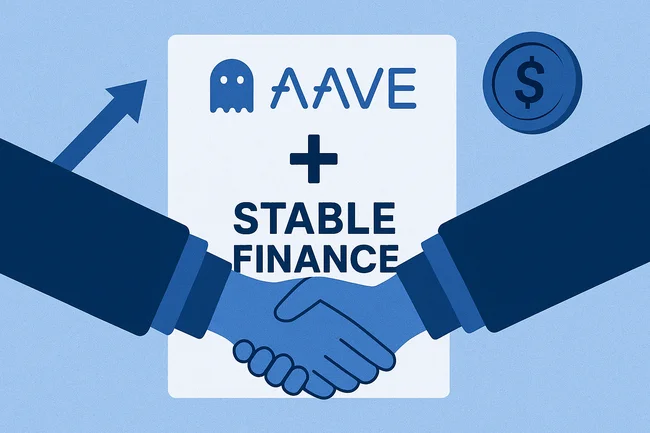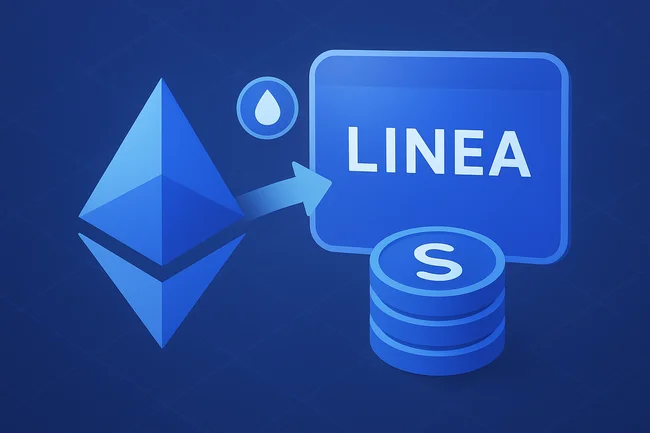Halving refers to a process in certain blockchain networks where the rewards for mining new blocks are cut in half at regular intervals. This mechanism is designed to control the supply of the cryptocurrency and combat inflation.For example, in Bitcoin, halving occurs approximately every four years, specifically every 210,000 blocks mined. When Bitcoin was first created, the reward for miners was 50 BTC per block. After the first halving, it dropped to 25 BTC, then to 12.5 BTC, and so on. As a result, miners receive fewer coins for their efforts over time.Halving has significant impacts on the cryptocurrency’s economy. It reduces the rate at which new coins are created, potentially increasing scarcity. This can drive up demand and price, as a limited supply meets growing interest. Investors often watch the halving events closely, as they can lead to substantial market moves.In summary, halving is a crucial event that influences mining rewards and the overall value of specific cryptocurrencies by regulating their supply.

China Reaffirms Strict Oversight on Virtual Currencies at Financial Street Forum
China’s central bank reiterated its tough stance on virtual currency activities as the 2025 Financial Street Forum Annual Meeting opened



